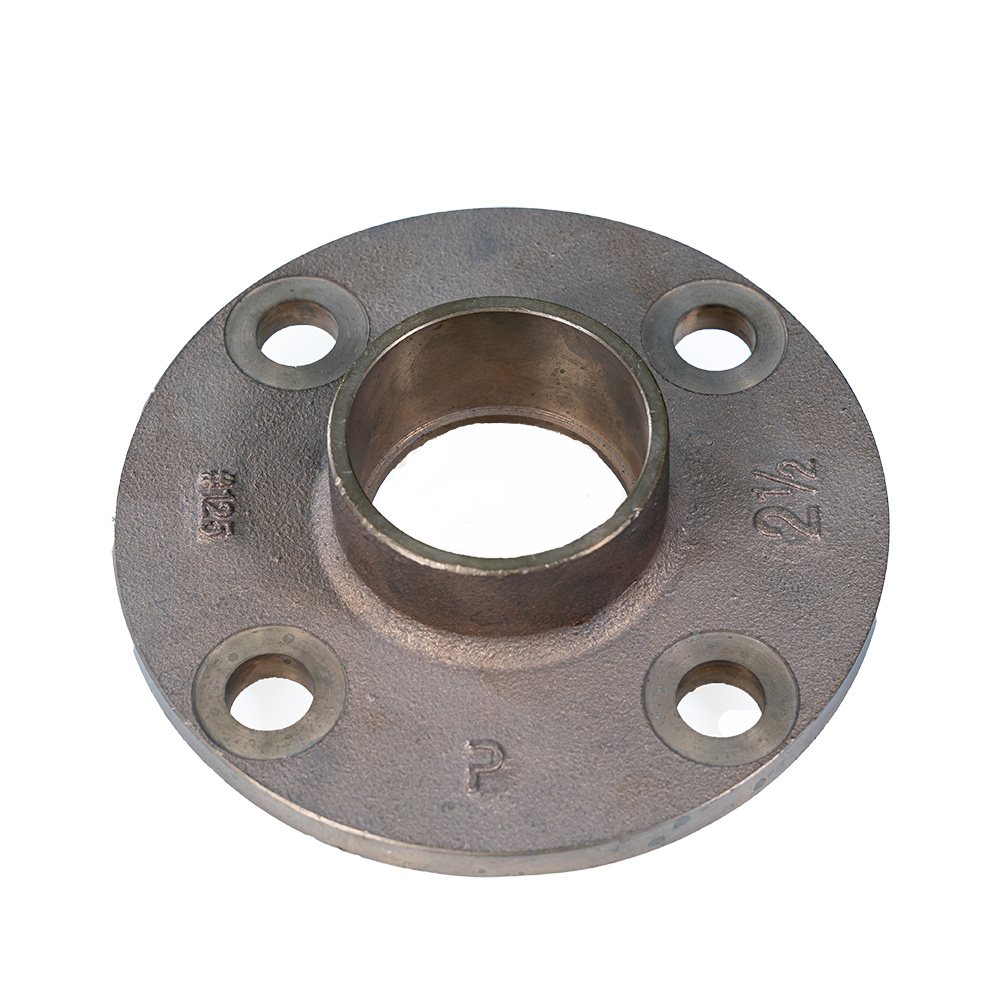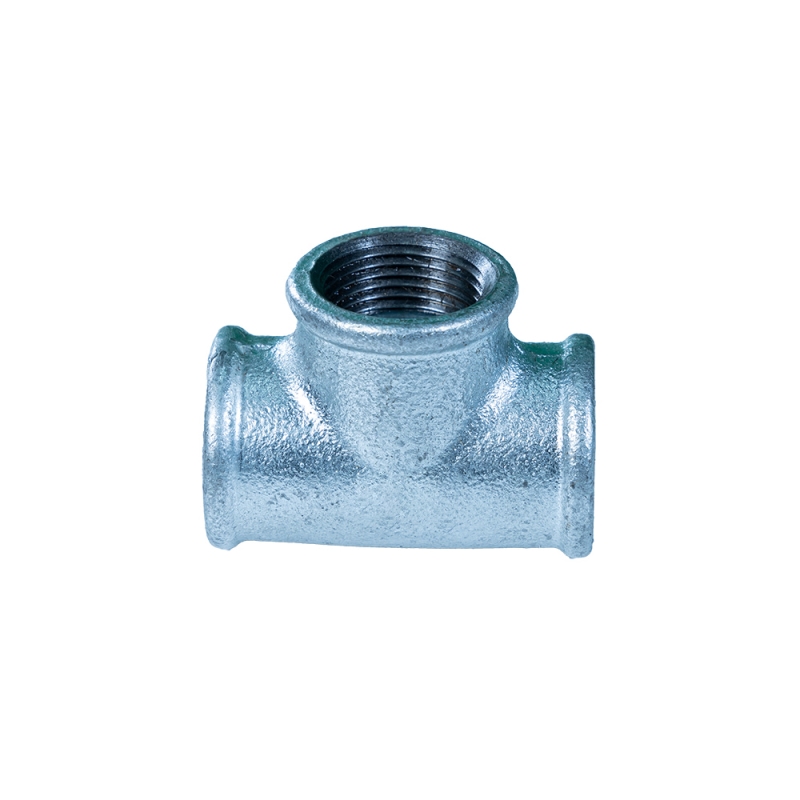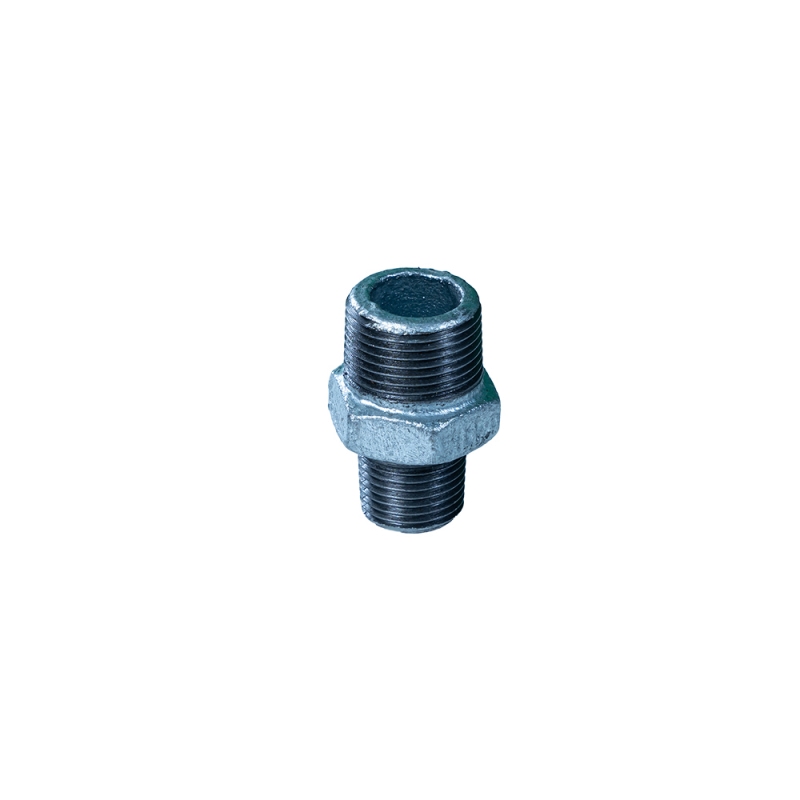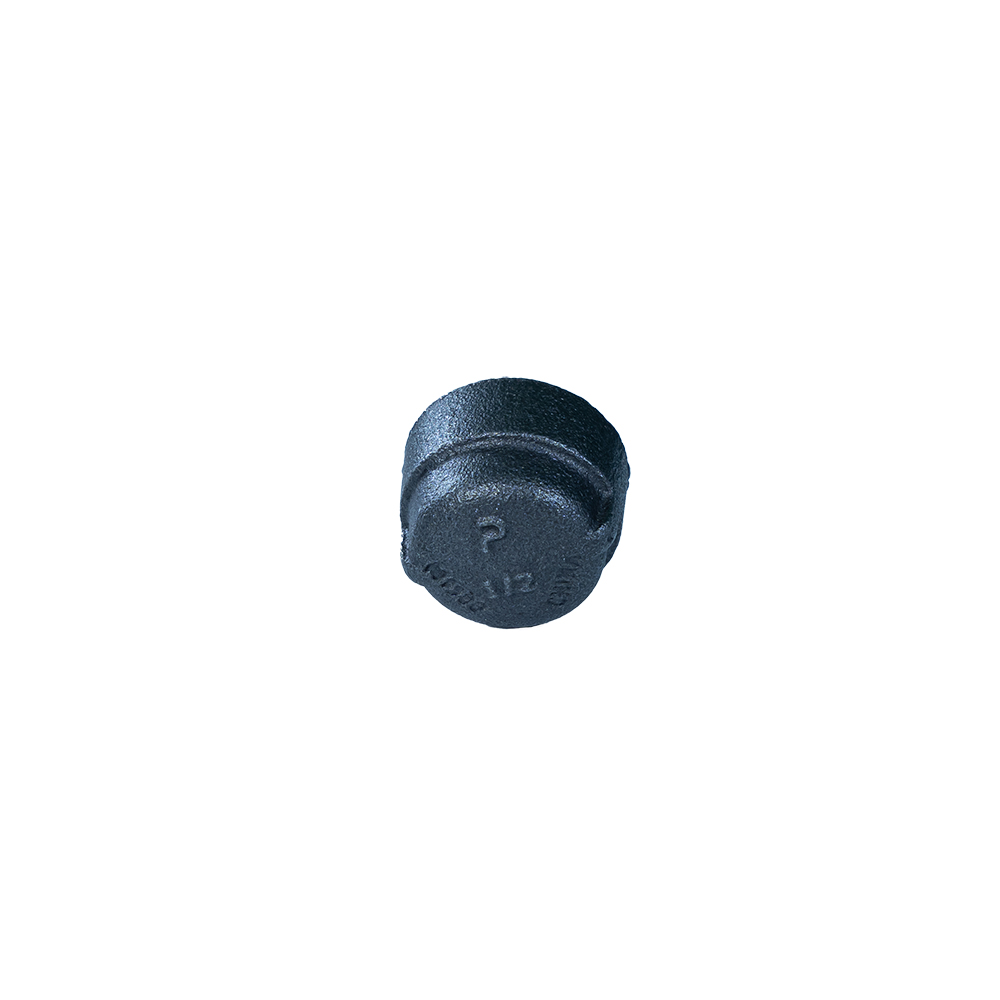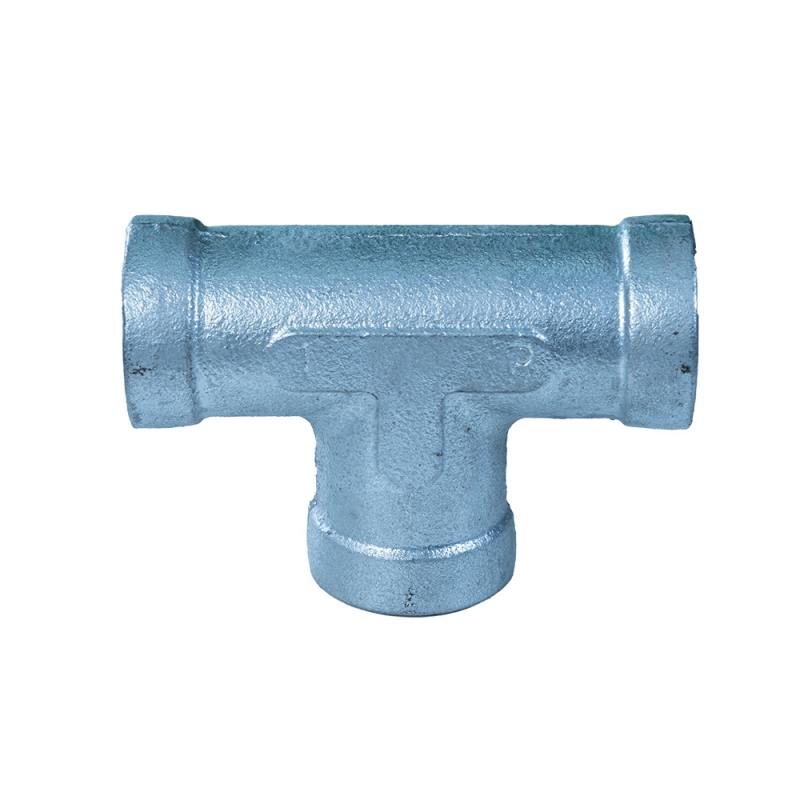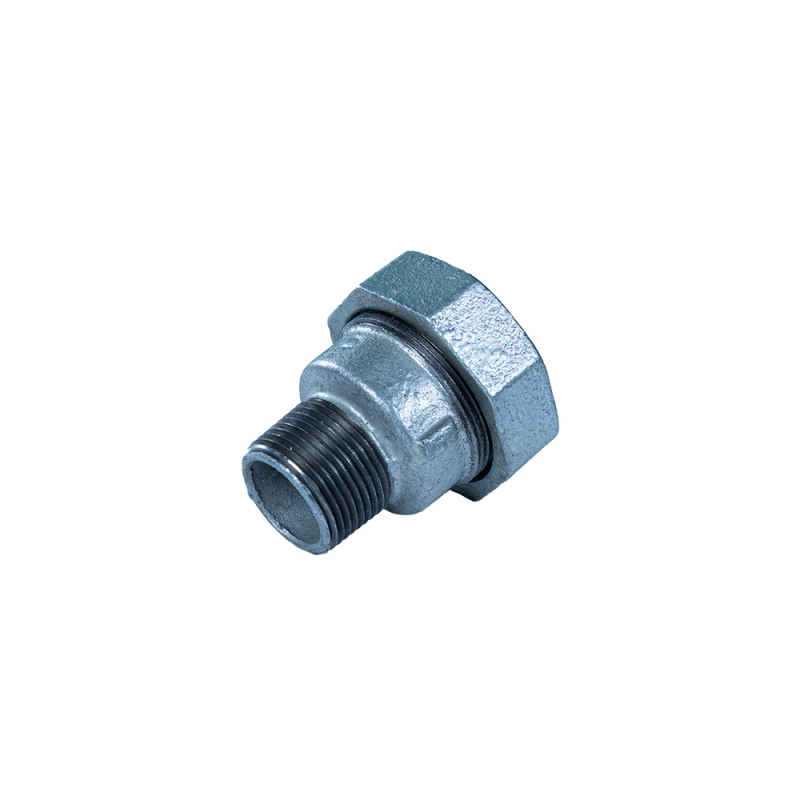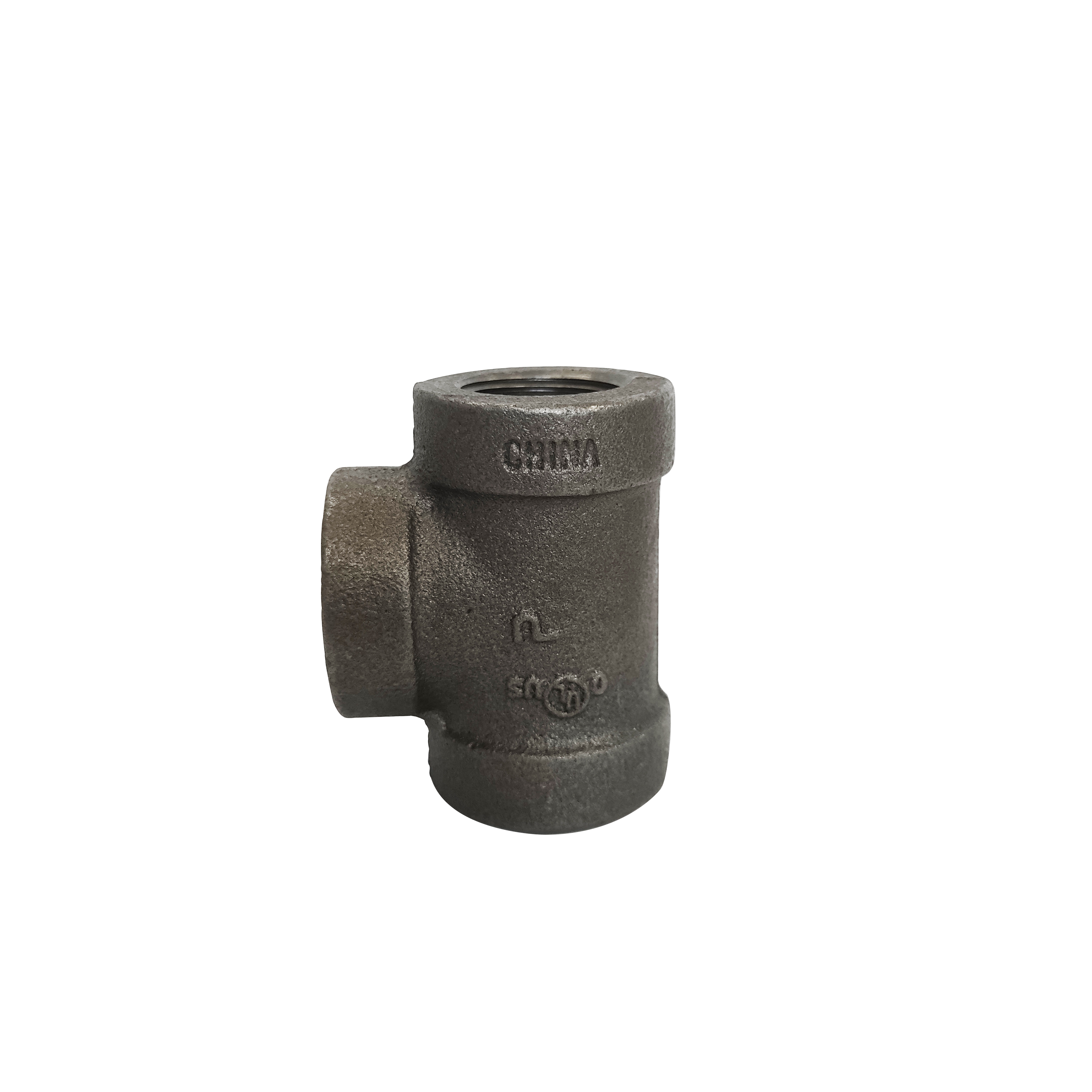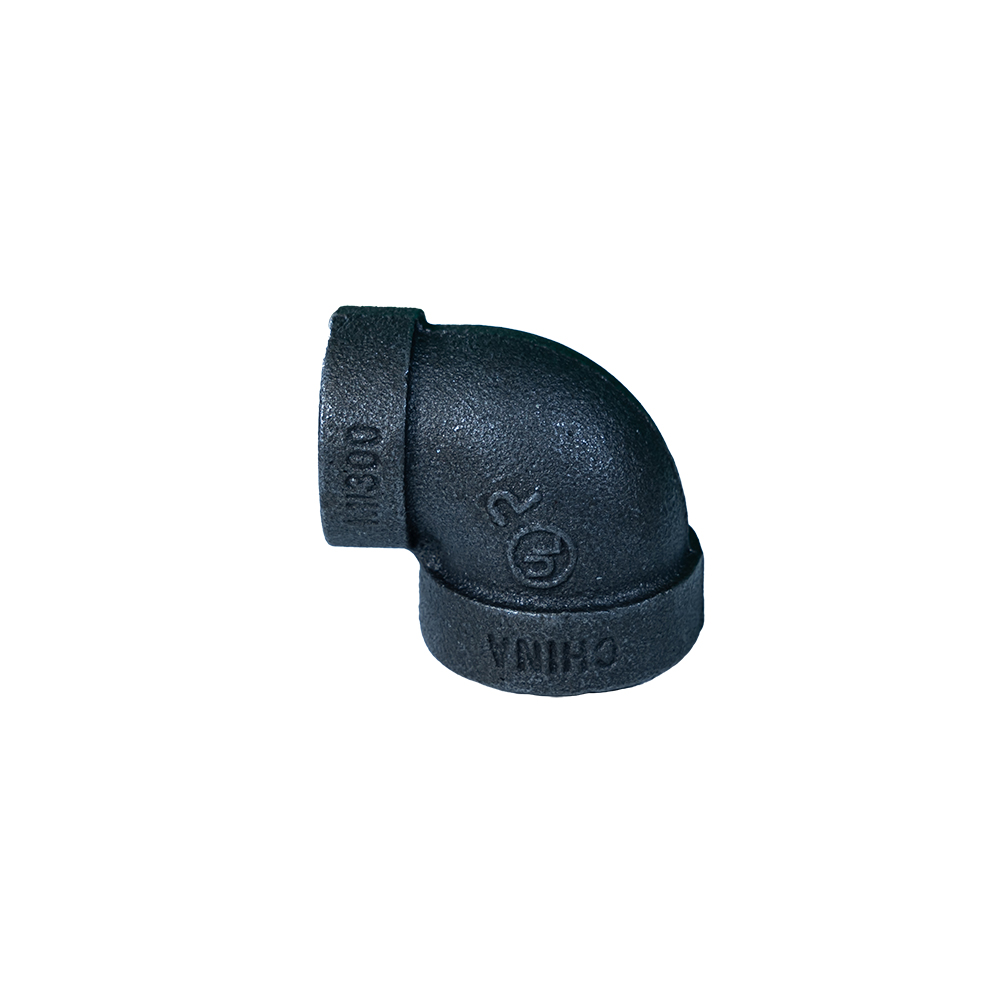Introduction to High-Performance Malleable Iron Fittings
In industrial piping systems, the reliability and durability of fittings are paramount. Among the most trusted components, ward malleable iron fittings stand out for their exceptional strength, ductility, and corrosion resistance. These fittings are engineered to provide secure, leak-proof connections in a wide array of demanding applications, from high-pressure steam lines to intricate hydraulic networks. Their unique metallurgical properties, achieved through a specialized heat treatment process known as annealing, transform brittle white cast iron into a resilient, shock-resistant material capable of withstanding significant operational stresses.
This comprehensive guide delves into the intricate world of ward malleable iron fittings, exploring their manufacturing excellence, adherence to stringent technical specifications, diverse application scenarios, and the tangible advantages they offer to B2B decision-makers and engineering professionals. We will also examine industry trends, provide data-driven insights, and discuss customized solutions, culminating in real-world application case studies that underscore their indispensable role in modern infrastructure.
Industry Trends and Market Dynamics
The global market for iron fittings, particularly ward malleable iron fittings, is experiencing steady growth driven by renewed investment in infrastructure projects, urbanization, and the expansion of industrial sectors. Key trends include:
- Sustainability Focus: Increasing demand for fittings manufactured using energy-efficient processes and recyclable materials, aligning with global environmental objectives.
- Digitalization in Manufacturing: Adoption of advanced analytics, IoT, and automation in casting and machining processes to enhance precision, reduce waste, and improve lead times.
- Performance Optimization: Continuous research and development to enhance pressure ratings, temperature resistance, and corrosion properties, especially for aggressive media and extreme operating conditions.
- Specialized Applications: Growing need for specialized fittings like black iron reducing tee configurations and black iron union fitting designs that cater to complex piping layouts and diverse fluid dynamics.
- Global Supply Chain Resilience: Emphasis on diversifying sourcing and strengthening local manufacturing capabilities to mitigate supply chain disruptions.
According to recent industry analyses, the global industrial pipe fittings market is projected to reach USD 16.5 billion by 2028, growing at a CAGR of 4.5% from 2022 to 2028. This growth is significantly fueled by the robust demand for reliable connection solutions in the oil & gas, chemical, and water treatment sectors, where the inherent durability of malleable iron is highly valued.
Detailed Manufacturing Process Flow
The production of high-quality ward malleable iron fittings is a meticulous process, combining traditional foundry techniques with modern precision engineering. This multi-stage process ensures that each fitting meets stringent performance and safety standards.
Materials and Composition:
The primary material is white cast iron, characterized by a high carbon content (typically 2.0-3.6%) and silicon (0.5-1.9%), with sulfur, manganese, and phosphorus in controlled quantities. This composition is carefully selected to facilitate the malleabilization process.
Process Steps:
- 1. Melting and Casting: Raw materials (pig iron, steel scrap, ferroalloys) are melted in an induction or cupola furnace to achieve the precise chemical composition for white cast iron. The molten metal is then poured into sand molds, which have been accurately formed using patterns. This initial casting produces hard, brittle white iron castings. Key Control: Temperature control, alloy composition verification.
- 2. Annealing (Malleabilization): This is the most critical step. The white iron castings are subjected to a controlled heat treatment process in annealing ovens. They are slowly heated to a high temperature (typically 850-950°C), held for an extended period (up to 72 hours), and then slowly cooled. This process causes the unstable cementite (iron carbide) to decompose into ferrite and temper carbon (nodular graphite), transforming the brittle structure into a tough, ductile malleable iron. Key Control: Precise temperature profiles, holding times, cooling rates.
- 3. Shot Blasting and Cleaning: After annealing, the fittings undergo shot blasting to remove residual sand, scale, and surface imperfections, resulting in a clean, smooth surface finish suitable for further processing. Key Control: Abrasive media selection, blast intensity.
- 4. Machining and Threading: High-precision CNC machining centers are used to bore, face, and accurately thread the fittings. Standard threads like NPT (National Pipe Taper) and BSPT (British Standard Pipe Taper) are meticulously cut to ensure leak-proof connections. For specific products like the Union with Brass Seat Threading Fitting, this stage also involves inserting and securing the brass seat. Key Control: Thread gauge verification, dimensional accuracy.
- 5. Surface Treatment (Optional): Depending on application requirements, fittings may undergo galvanization (hot-dip or electro-galvanizing) for enhanced corrosion resistance, particularly for black iron union fittings used in outdoor or corrosive environments. Other coatings may also be applied. Key Control: Coating thickness, adhesion testing.
- 6. Testing and Quality Assurance: Every batch undergoes rigorous testing, including hydrostatic pressure tests to verify leak integrity, dimensional checks, and material analysis. Adherence to standards such as ISO 49, ANSI B16.3, BS EN 10242, and UL/FM certifications is paramount. Key Control: 100% visual inspection, destructive and non-destructive testing.
- 7. Packaging and Dispatch: Fittings are carefully packed to prevent damage during transit and dispatched to clients worldwide.
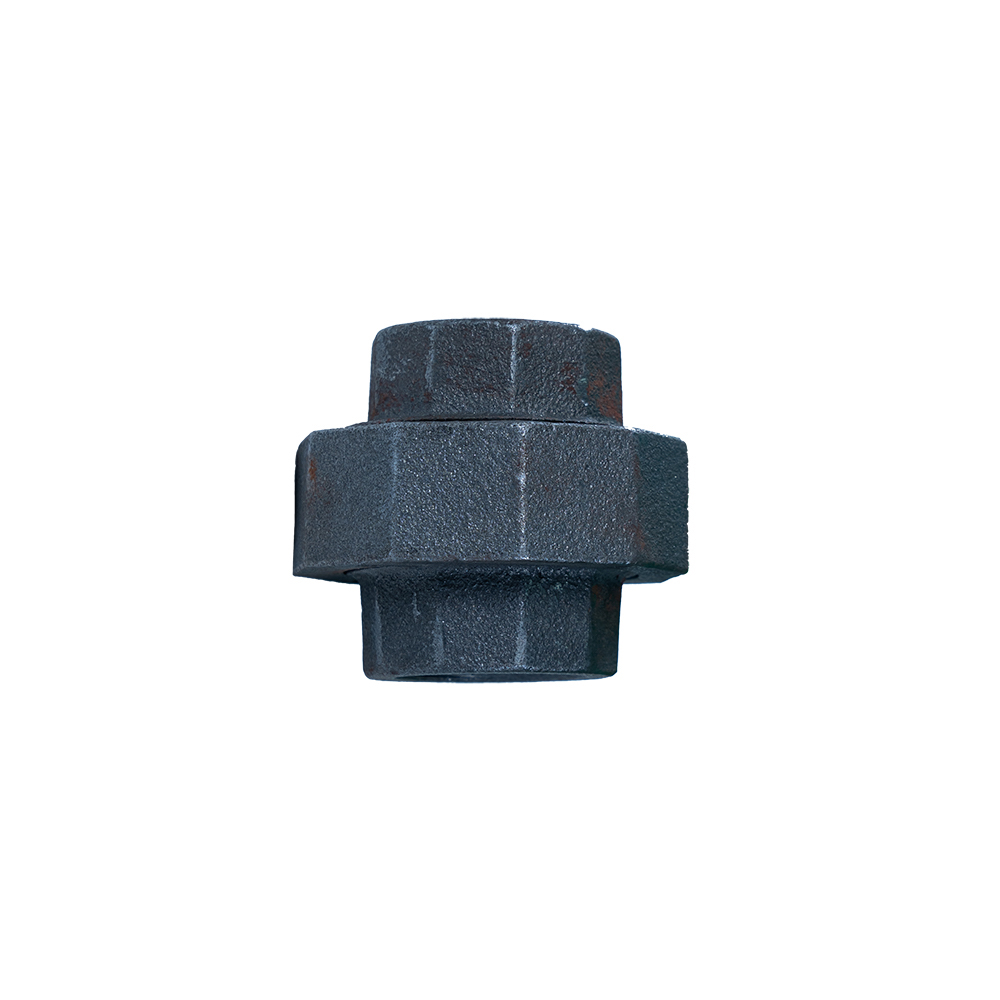
Image: Precision casting of malleable iron components, a critical step in producing robust ward malleable iron fittings.
Target industries for these durable fittings include petrochemical, oil and gas, metallurgy, shipbuilding, fire protection, HVAC, and municipal water supply & drainage systems. Their typical service life, when properly installed and maintained, often exceeds 50 years, demonstrating exceptional long-term value. Advantages in typical application scenarios include enhanced energy saving through minimized leakage points and superior corrosion resistance, especially with galvanized options.
Technical Specifications and Parameters
The performance of ward malleable iron fittings is defined by a set of rigorous technical specifications that ensure compatibility, safety, and reliability across various applications.
Material Properties (ASTM A197 / ISO 5922 Equivalent):
| Property | Minimum Value | Standard |
|---|---|---|
| Tensile Strength | 310 MPa (45,000 psi) | ASTM A197 |
| Yield Strength | 220 MPa (32,000 psi) | ASTM A197 |
| Elongation | 6% | ASTM A197 |
| Hardness (Brinell) | 150 HB max | ISO 5922 |
Pressure and Temperature Ratings (Based on ASME B16.3 for Class 150):
| Temperature Range (°C) | Working Pressure (PSI) | Working Pressure (MPa) |
|---|---|---|
| -29 to 120 | 300 | 2.07 |
| 121 to 149 | 250 | 1.72 |
| 150 to 204 | 200 | 1.38 |
| 205 to 232 | 150 | 1.03 |
Note: These values are typical for Class 150 malleable iron threaded fittings. Specific ratings may vary based on fitting type (e.g., black iron union, elbow), manufacturer, and applicable standards (e.g., for fire protection systems, UL/FM certified fittings may have specific pressure ratings). The presence of a brass seat in a union, such as the Union with Brass Seat Threading Fitting, enhances sealing capabilities, allowing for reliable connections even under fluctuating thermal conditions.
Technical Advantages and Performance Benefits
The selection of ward malleable iron fittings for critical infrastructure projects is often driven by their distinct technical advantages:
- High Ductility and Toughness: Unlike brittle white cast iron, malleable iron exhibits significant ductility, allowing it to deform under stress without fracturing. This makes it highly resistant to shock, vibration, and sudden pressure changes, offering superior safety in dynamic environments.
- Excellent Machinability: The presence of temper carbon contributes to excellent machinability, allowing for precise threading and detailed shaping necessary for complex fittings like a black iron reducing tee or an intricate black iron union fitting.
- Corrosion Resistance: While not impervious, malleable iron, especially when galvanized, offers good resistance to rust and corrosion in various atmospheric and aqueous environments, extending service life and reducing maintenance costs.
- High Strength-to-Weight Ratio: Malleable iron provides robust strength characteristics, capable of withstanding high internal pressures and external mechanical loads, without excessive material thickness, contributing to lighter piping systems.
- Reliable Threaded Connections: The material's inherent strength and ductility, combined with precision CNC threading, ensure that connections are tight, secure, and resistant to loosening under operational stress. This is particularly crucial for fittings involving welding malleable iron pipe fittings where material integrity around welded zones is vital.
- Cost-Effectiveness: Offering a balance of performance and material cost, malleable iron fittings present a cost-effective solution for many industrial applications, delivering long-term value through durability and minimal replacement needs.
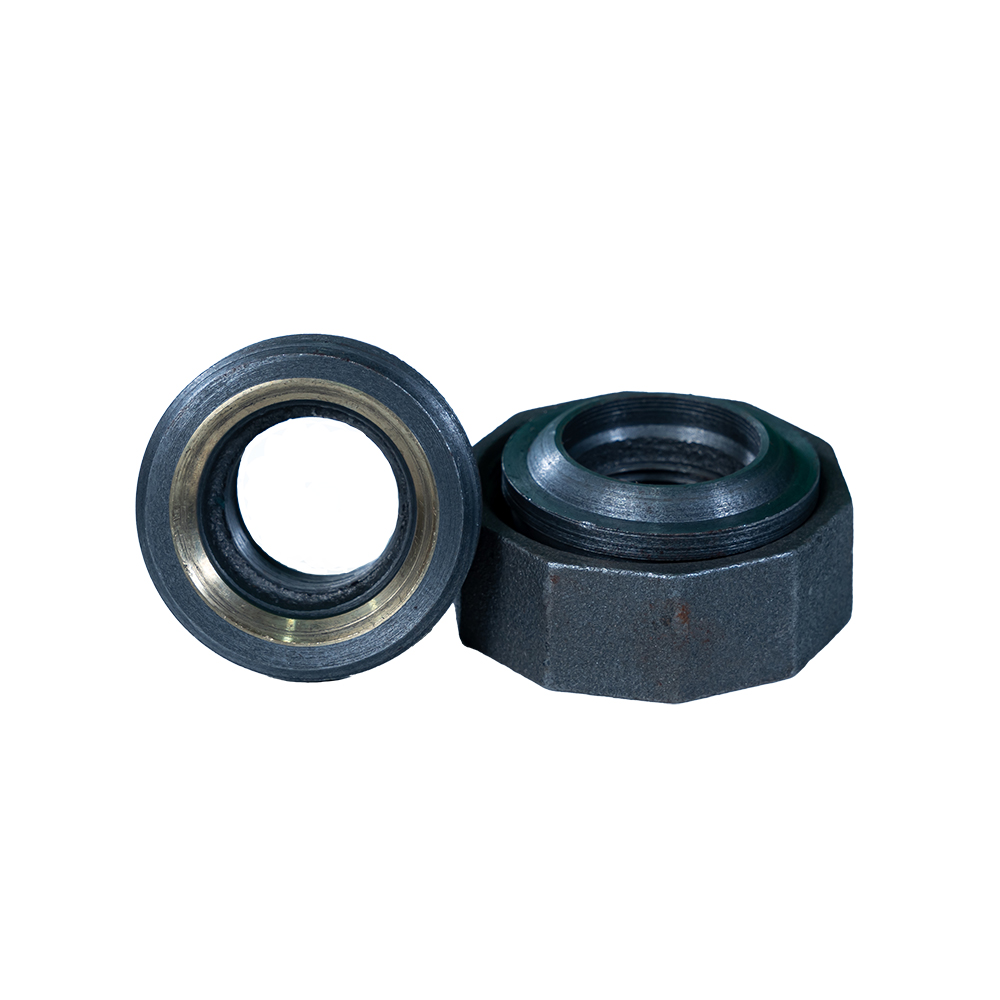
Image: Close-up of precisely machined threads on a malleable iron fitting, emphasizing quality and connection reliability for ward malleable iron fittings.
Application Scenarios and Case Studies
The versatility of ward malleable iron fittings allows their deployment across an extensive range of industrial and commercial applications.
Common Applications:
- Water and Wastewater Treatment: For non-potable water lines, irrigation systems, and wastewater conveyance, where robust and chemical-resistant connections are needed.
- Fire Protection Systems: Widely used in sprinkler systems and fire hydrants due to their high-pressure ratings and resistance to impact. UL/FM certified fittings are standard in this sector.
- Oil and Gas (Downstream): In refineries and distribution networks for low to medium-pressure gas and oil lines, including steam and condensate systems.
- HVAC Systems: For heating and cooling water lines, especially in commercial and industrial buildings.
- Industrial Process Piping: Carrying air, non-corrosive gases, and various industrial fluids. Fittings like the black iron union are critical for easy maintenance and assembly.
- Agricultural Irrigation: Connecting various sections of irrigation systems, enduring outdoor environmental stresses.
Application Case Study: Petrochemical Plant Upgrade
Challenge: A major petrochemical complex needed to upgrade its steam and condensate return lines to improve energy efficiency and reduce maintenance downtime. The existing system, installed over 30 years ago, showed signs of corrosion and leakage at threaded joints. The operating conditions involved temperatures up to 180°C and pressures of 1.5 MPa.
Solution: The engineering team opted for galvanized ward malleable iron fittings, including black iron union fittings and a variety of elbows and tees, to replace the failing carbon steel components. The choice was driven by malleable iron's superior shock resistance and the enhanced corrosion protection offered by galvanization, crucial for a humid, chemically active environment. Specifically, the Union with Brass Seat Threading Fitting was deployed at critical inspection points, leveraging its brass seat for superior sealing and easier disassembly during planned maintenance.
Outcome: Post-installation, the plant reported a 15% reduction in steam losses, directly correlating to significant energy savings. The improved integrity of the piping system led to a 20% decrease in unscheduled maintenance events related to pipe fitting failures over the subsequent two years. Customer feedback highlighted the ease of installation and the robust, leak-free performance of the new fittings, validating the choice of high-quality malleable iron. This project demonstrated the long-term reliability and economic advantages that such fittings bring to demanding industrial environments.
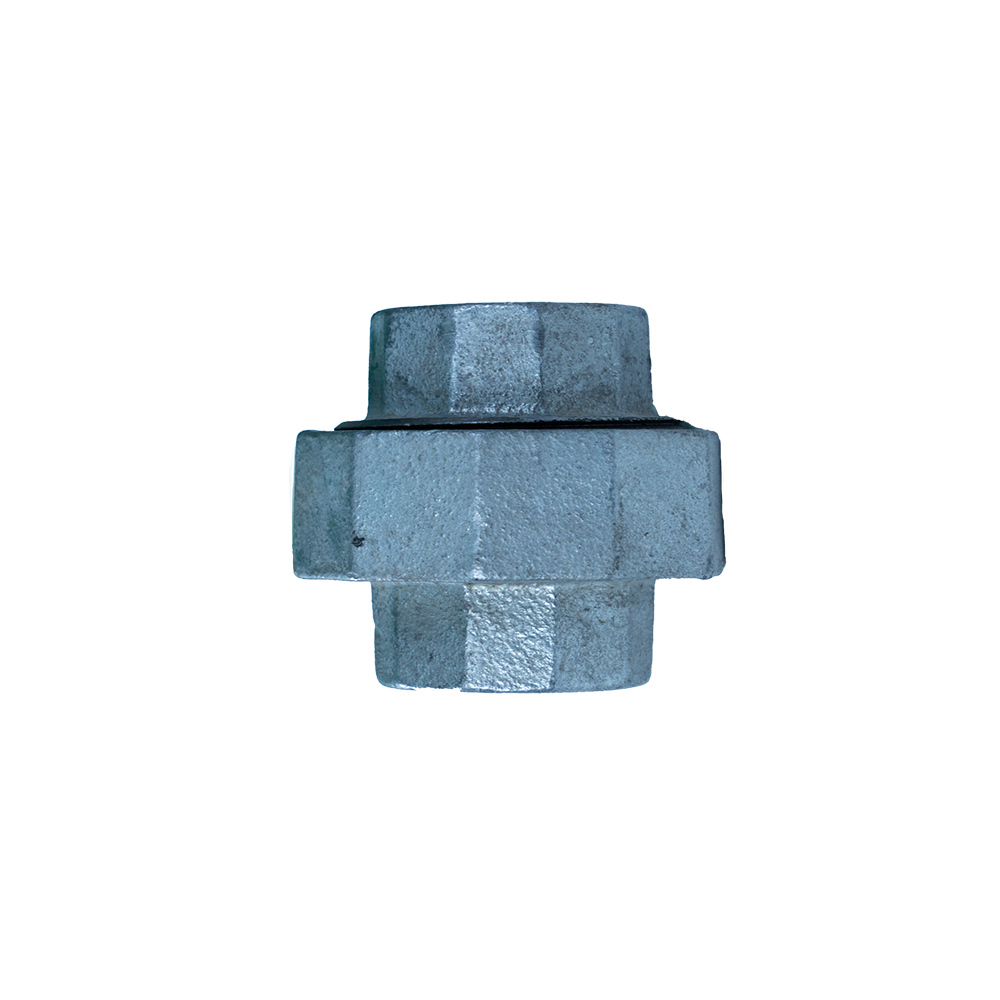
Image: A collection of various malleable iron fittings, showcasing the range available for diverse piping applications with ward malleable iron fittings.
Vendor Comparison and Selection Criteria
Selecting the right supplier for ward malleable iron fittings is crucial for project success. A thorough vendor comparison should consider several key factors beyond initial cost.
Key Evaluation Criteria:
- Certifications and Compliance: Ensure the vendor adheres to international standards (ISO 9001 for quality management, ISO 49, ANSI B16.3 for product specifications). Look for specific product certifications like UL (Underwriters Laboratories) and FM (Factory Mutual) for fire protection applications.
- Material Quality and Traceability: Verify the source and consistency of raw materials and insist on full traceability from raw material to finished product.
- Manufacturing Capabilities: Assess the vendor's casting, annealing, and machining precision. Advanced CNC capabilities are indicative of consistent quality for features like threading on a black iron union.
- Testing and Quality Control: Inquire about their in-house testing procedures, including hydrostatic, eddy current, and dimensional inspections. Request access to test data and quality reports.
- Product Range and Customization: A broad catalog, including specialized items like welding malleable iron pipe fittings and various black iron reducing tee configurations, indicates greater flexibility. The ability to offer customized solutions is a significant advantage.
- Technical Support and After-Sales Service: Responsive technical assistance, clear warranty policies, and readily available customer support are crucial for long-term partnership.
- Lead Time and Logistics: Reliable lead times and efficient global logistics capabilities are essential for project scheduling and execution.
Generic Vendor Comparison Table (Illustrative):
| Criterion | Vendor A (Premium) | Vendor B (Standard) | Vendor C (Budget) |
|---|---|---|---|
| Certifications | ISO 9001, UL, FM, CE | ISO 9001, CE | ISO 9001 (basic) |
| Product Range | Extensive, incl. custom | Standard catalog | Limited, high-volume only |
| Material Traceability | Full batch traceability | Batch-level | Limited |
| QC & Testing | 100% Hydrostatic, advanced NDT | Batch testing, basic NDT | Spot checks |
| Technical Support | Dedicated engineering team | Standard support | Email only |
| Warranty | 5+ years comprehensive | 2-year standard | 1-year limited |
When sourcing ward malleable iron fittings, prioritizing quality and long-term reliability over initial cost often yields the best total cost of ownership.
Customized Solutions and Value-Added Services
While standard ward malleable iron fittings meet most requirements, complex industrial projects often necessitate customized solutions. Leading manufacturers offer specialized services to address unique challenges.
- Bespoke Design & Engineering: Collaborative design services to create fittings with specific dimensions, unique geometries, or adapted for non-standard piping configurations. This could involve modifying a black iron reducing tee for specific flow requirements or designing an entirely new black iron union fitting for a specialized application.
- Special Coatings & Linings: Application of advanced coatings (e.g., epoxy, PTFE) for enhanced chemical resistance, abrasion resistance, or specific hygienic requirements beyond standard galvanization.
- Material Optimization: Adjusting alloy composition for extreme temperature or pressure conditions, or for compatibility with aggressive media not typically handled by standard malleable iron.
- Pre-assembly & Kitting: Providing fittings as pre-assembled kits, including gaskets, bolts, and other accessories, to streamline on-site installation and reduce labor costs for complex projects involving numerous welding malleable iron pipe fittings.
- Logistical Support: Tailored inventory management, just-in-time delivery, and global distribution networks to ensure seamless supply chain integration for large-scale projects.
Engaging with a vendor capable of providing comprehensive customized solutions ensures that even the most demanding project specifications are met with precision and reliability, optimizing system performance and longevity.
Frequently Asked Questions (FAQ)
Q: What makes malleable iron superior to grey cast iron for fittings?
A: Malleable iron undergoes an annealing process that transforms its internal structure, making it ductile and tough, unlike grey cast iron which is brittle. This ductility allows malleable iron fittings to withstand shock and vibration without fracturing, making them far more suitable for pressure piping applications.
Q: Can ward malleable iron fittings be used for potable water?
A: Black malleable iron fittings are generally not recommended for potable water due to potential rust and material leaching. Galvanized malleable iron fittings are often used for potable water applications, but local regulations and specific product certifications (e.g., NSF/ANSI 61) should always be verified.
Q: What is the primary function of a brass seat in a union fitting?
A: The brass seat in a union, such as the Union with Brass Seat Threading Fitting, provides a superior metal-to-metal seal compared to traditional iron-to-iron contact. Brass is softer than malleable iron, allowing it to conform slightly for a tighter, more reliable, and leak-resistant connection, especially important for high-pressure or temperature-cycling applications. It also allows for easier make-and-break connections.
Q: Are welding malleable iron pipe fittings common?
A: While malleable iron can be welded, it is generally not recommended for pressure-containing applications due to potential microstructural changes in the heat-affected zone that can compromise its ductility and strength. Threaded connections are the preferred and most reliable method for joining malleable iron pipes and fittings. If welding is absolutely necessary, specific procedures, filler materials, and post-weld heat treatments are required, and the application should be carefully evaluated by an engineer.
Q: What is the typical lead time for large orders of ward malleable iron fittings?
A: Lead times can vary depending on the product type, order volume, and customization requirements. For standard items, lead times typically range from 4-6 weeks. Custom or very large orders may require 8-12 weeks. We recommend contacting our sales team directly for precise lead time estimates based on your specific project needs.
Q: What is the warranty policy for your products?
A: We offer a comprehensive 5-year warranty against manufacturing defects and material failures under normal operating conditions. This commitment reflects our confidence in the quality and durability of our ward malleable iron fittings. Full details of our warranty policy are available upon request.
Q: What kind of customer support do you offer?
A: Our dedicated customer support team provides technical assistance, product selection guidance, order tracking, and after-sales service. We are available via phone, email, and live chat during business hours to ensure prompt and effective support for our B2B clients.
Conclusion
Ward malleable iron fittings remain an cornerstone of robust and reliable industrial piping infrastructure. Their proven performance, enhanced by precise manufacturing processes and stringent quality control, makes them the preferred choice for engineers and procurement specialists across diverse sectors. From their inherent strength and ductility to their excellent machinability and resistance to operational stresses, these fittings offer a compelling value proposition. By understanding the detailed manufacturing process, adhering to technical specifications, and leveraging customizable solutions, businesses can ensure the longevity, efficiency, and safety of their critical piping systems.
Choosing a reputable vendor committed to quality, backed by certifications, robust testing, and comprehensive support, is essential to fully realize the benefits of these high-performance components. Investing in quality malleable iron fittings is an investment in the long-term integrity and operational excellence of any industrial application.
References
- American Society of Mechanical Engineers (ASME). ASME B16.3-2016, Malleable Iron Threaded Fittings.
- American Society for Testing and Materials (ASTM). ASTM A197/A197M-00(2018), Standard Specification for Cupola Malleable Iron.
- International Organization for Standardization (ISO). ISO 49:1994, Malleable cast iron fittings with taper female thread for general use – Part 1: Specifications.
- International Organization for Standardization (ISO). ISO 5922:1981, Malleable cast iron.
- Underwriters Laboratories (UL). UL 157, Gaskets and Seals. (Relevant for fitting seals and performance standards).
- Factory Mutual (FM) Approvals. FM Class 1260, Approval Standard for Sprinkler System Components.
Post time: Août-27-2025


